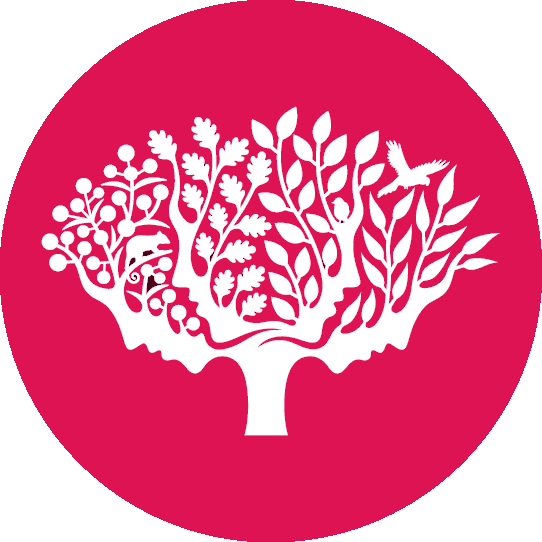The day the flora turned pink
Thursday, July 14, 2022
Today we are releasing a major upgrade of VicFlora, with completely new underlying infrastructure and a fresh new look that aligns with the Royal Botanic Gardens Victoria (RBGV) visuals.
While this upgrade is about the infrastructure behind VicFlora, a number of new features and improvements that we hope will enhance the experience of VicFlora users already ship with this release.
-
Acting on feedback from users we have made the distribution maps interactive, so users can now zoom in and out on the maps, interrogate points and link to the underlying occurrence records in the Atlas of Living Australia (ALA), and add overlays with Victorian Bioregions, Local Government Areas (LGAs) or Parks and Conservation Reserves and get information about the occurrence status, origin and degree of establishment of a species or infraspecific taxon in those areas. We have also replaced the static state distribution maps with an interactive map with distribution data from the Australasian Virtual Herbarium (AVH).
Due to performance enhancements in our data processing, we are now also able to get updated occurrence data from ALA every week.
-
Checklist functionality has improved. One can now make checklists for areas in all the same spatial layers that can be overlayed on the maps (see above). These areas are indexed against the taxa in VicFlora, so the checklist appears almost instantly when an area is selected. As checklists are now essentially search results, they can be filtered on the same facets and have the same download options as search results.
-
We now have links from the taxon pages to treatments of the taxon in the Flora of Australia, all state and territory floras and the Flora of New Zealand, in so far as those are available online. There is also processing in place to update these links periodically, so they remain up-to-date with changes in those other floras.
-
We are working on increased collaboration and interlinking between VicFlora and the Victorian Biodiversity Atlas (VBA). Currently this is expressed by the threat status values according to the Flora and Fauna Guarantee Act 1988 (FFG; Victoria) and the Environment Protection and Biodiversity Conservation Act 1999 (EPBC; Australia) in VicFlora coming from the VBA. The FFG values are reasonably new and were obtained by assessment of taxa that occur in Victoria against International Union for Conservation of Nature (IUCN) criteria, a process in which VicFlora editors were heavily involved. For taxa that have not been assessed yet, we still provide the old Victorian Advisory List values.
-
We have mapped our establishment means values against the new Darwin Core vocabularies for Establishment Means and Degree of Establishment. The big advantage of using these standard terms is that they mean the same everywhere, making data from different resources more readily comparable and thus more valuable, and making the terms more easily understood by overseas users who might not be familiar with the Victorian or Australian context. As the terms we use now might not be familiar to VicFlora users, we provide their definitions in popovers, which can be made visible by hovering over the text. We have extended this functionality to the other "status" terms as well.
-
It is now possible to have technical terms used in the descriptions looked up in the glossary by simply clicking a button. Terms that can be found in the glossary will show up as links in the description and their definition is shown in a popover when one hovers the mouse over a link. The same functionality is available for the leads in the (pathway) identification keys.
-
Last but not least, as this is actually infrastructure, VicFlora is now entirely service-based and all data in VicFlora is available through an Application Programmer Interface (API), which means that developers can use data from VicFlora in their own applications. VicFlora itself uses this API, so other applications can access the same up-to-date data VicFlora is showing.
Through our continual development of VicFlora, we will ensure that the platform remains the primary port of call for all those seeking to identify the plants of Victoria, as well as the authoritative reference for natural resource managers and secondary and tertiary students in the natural sciences.
